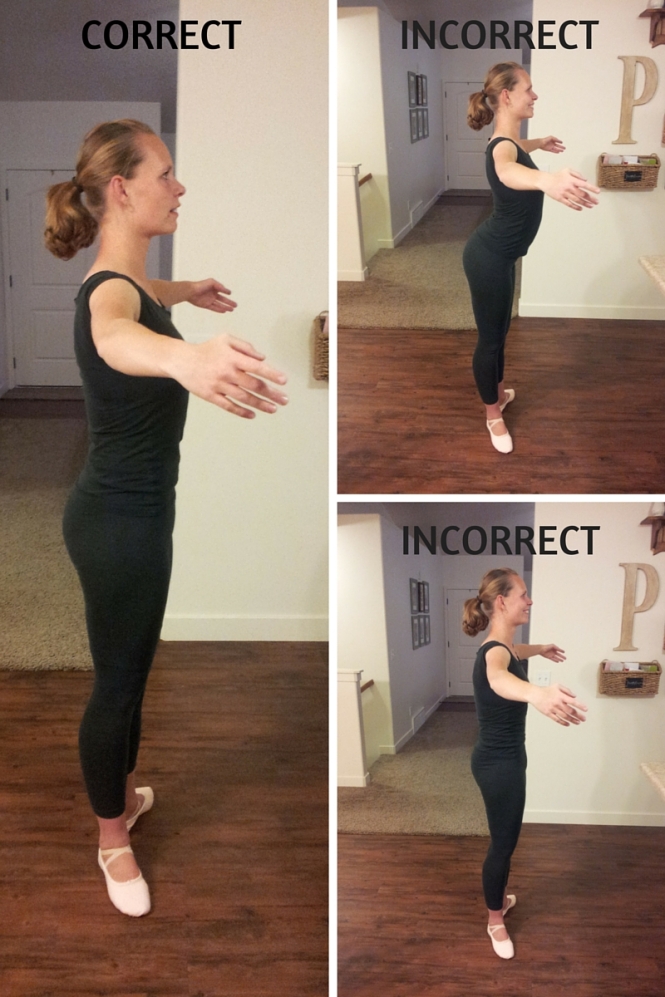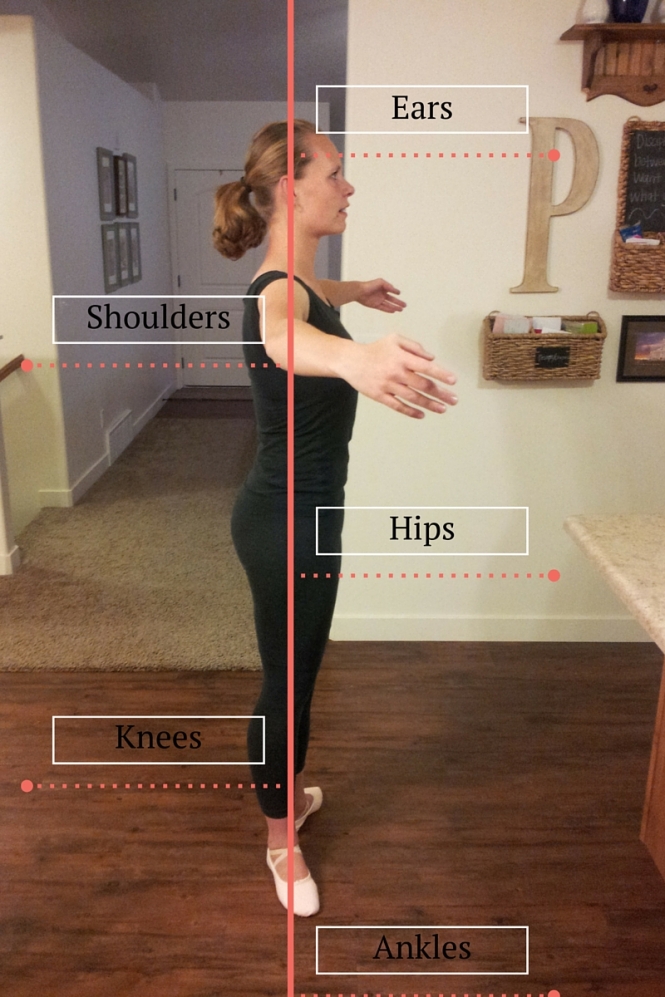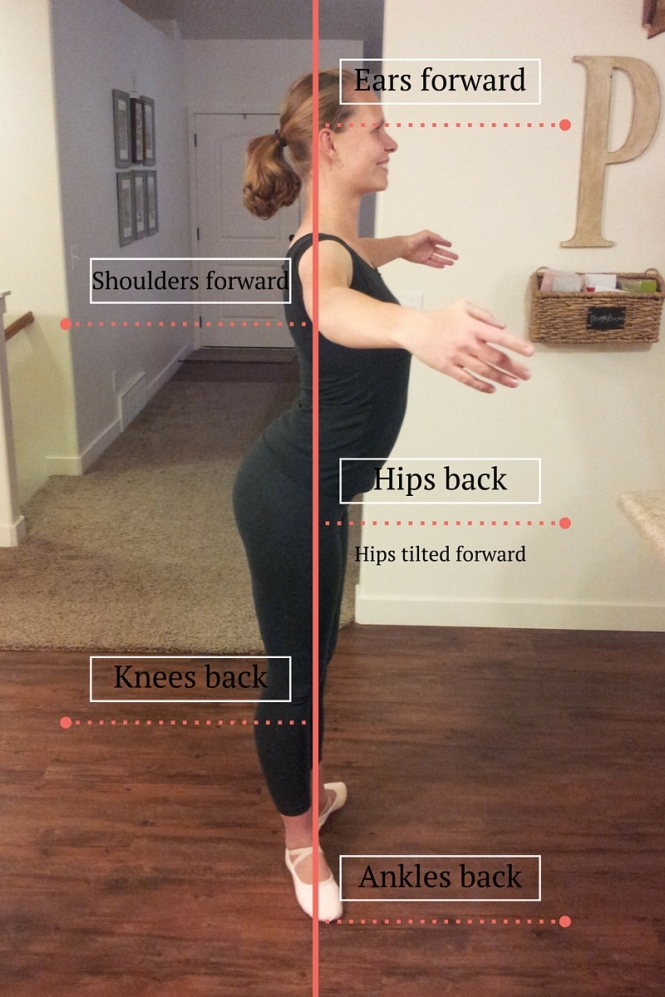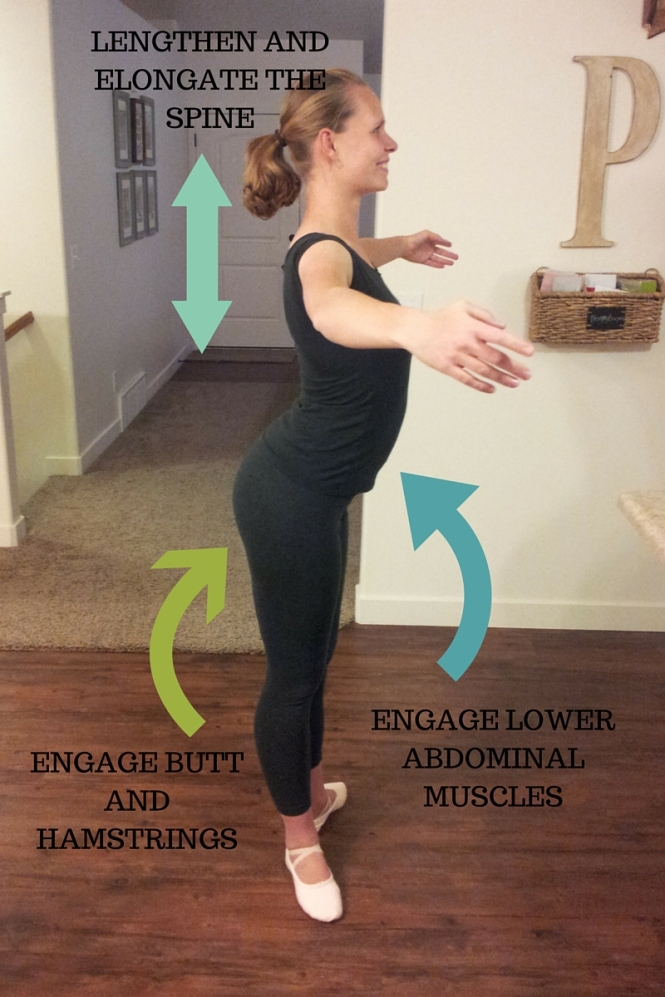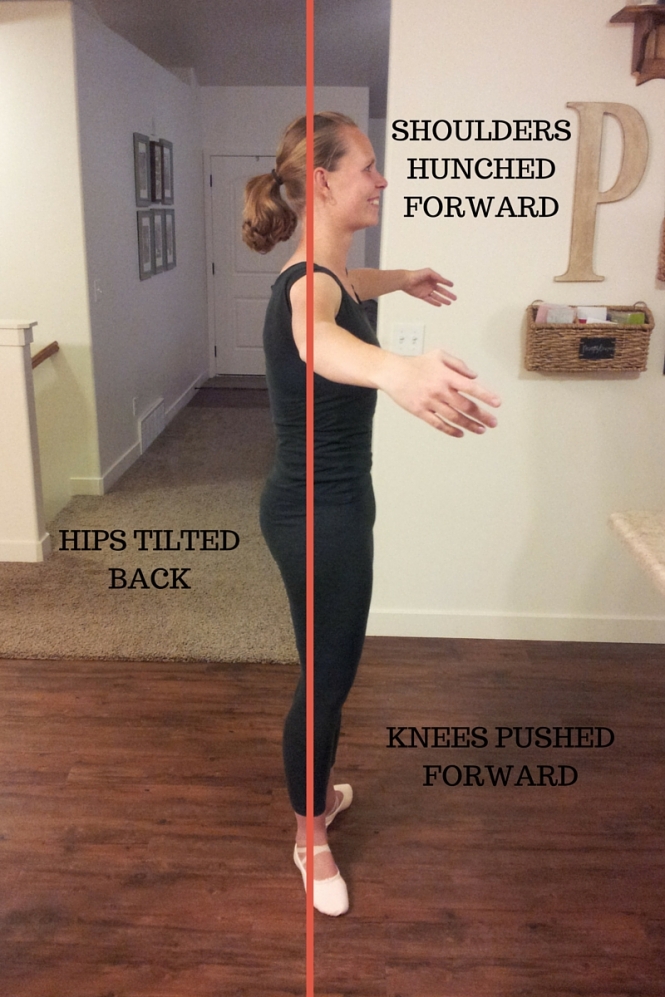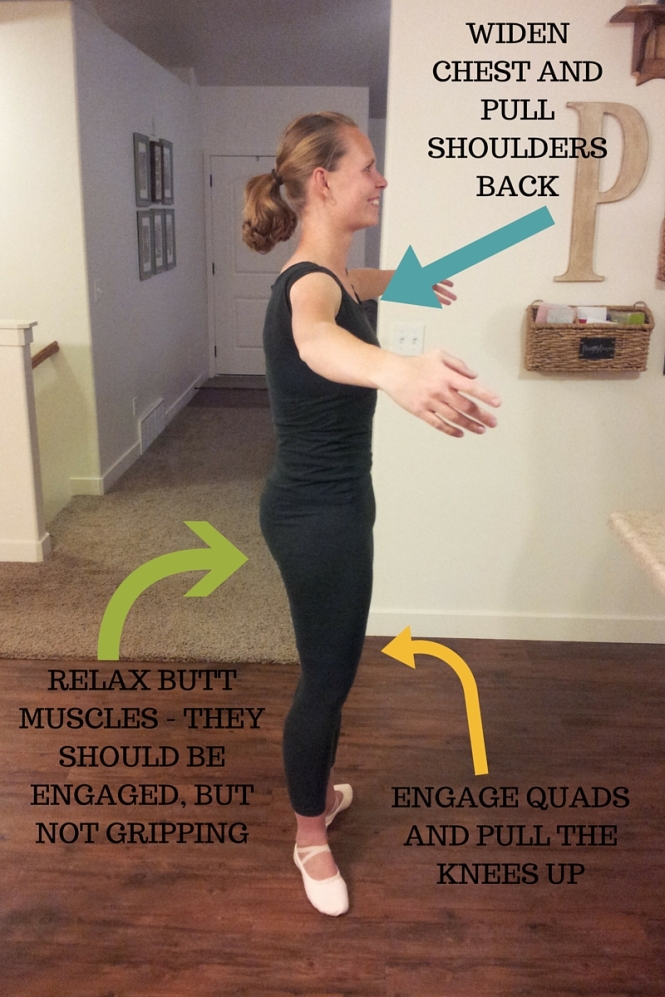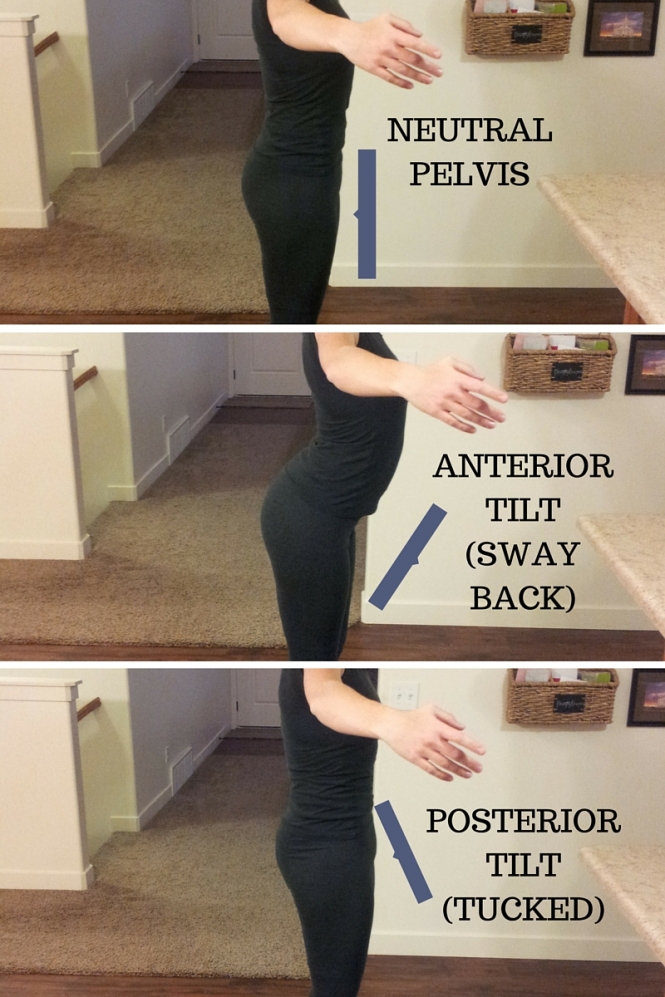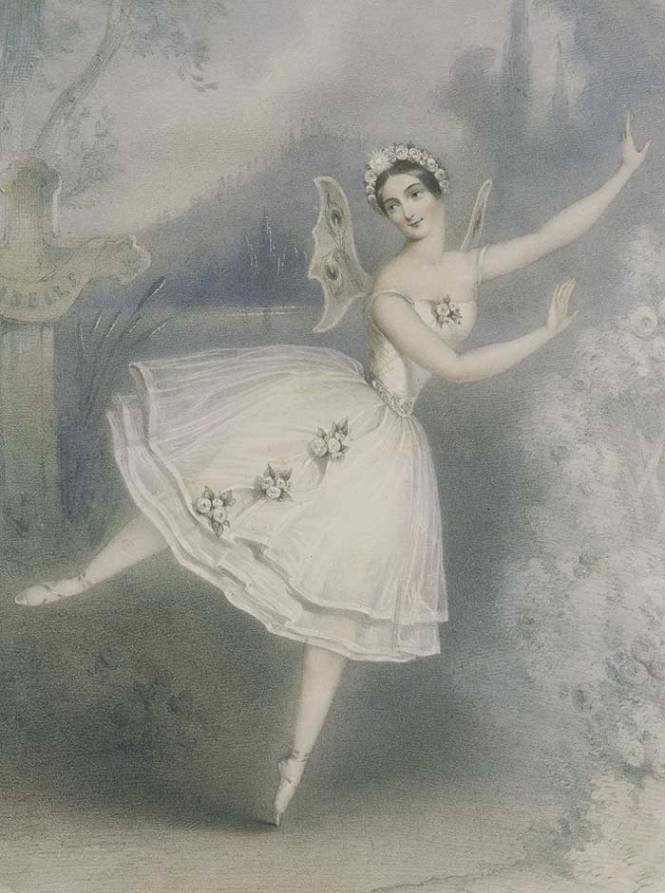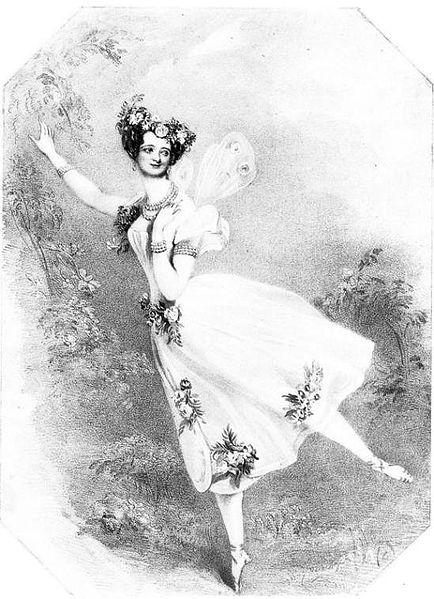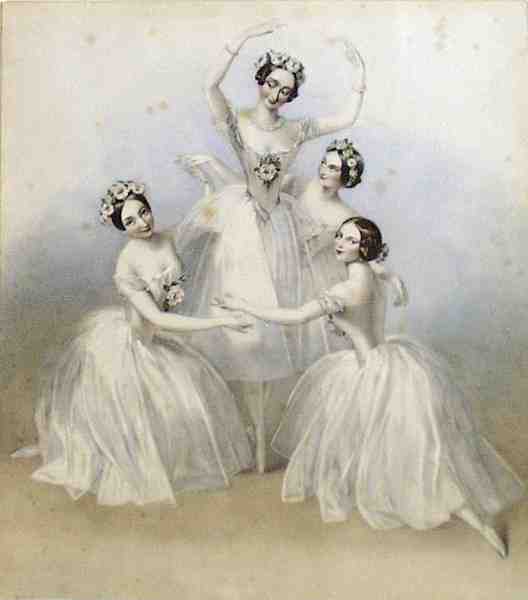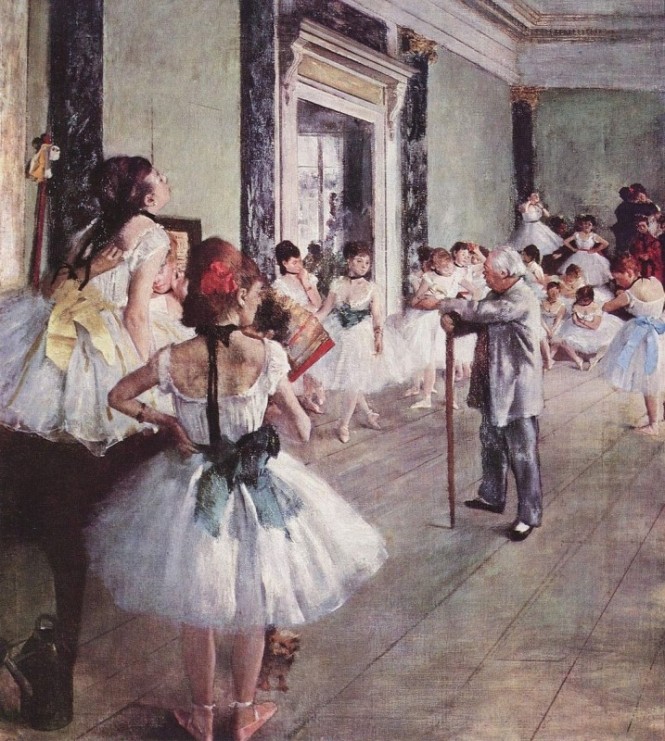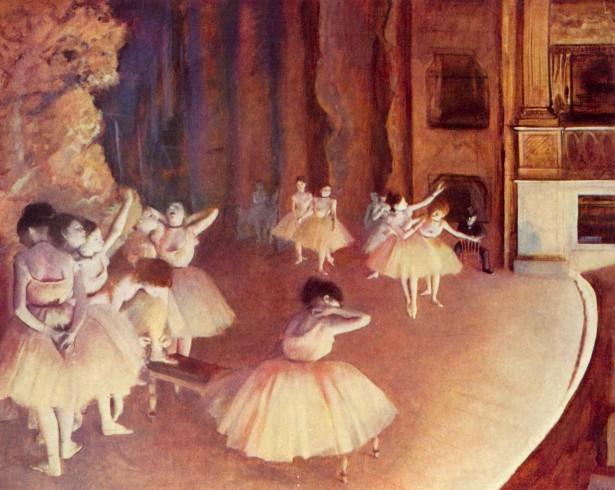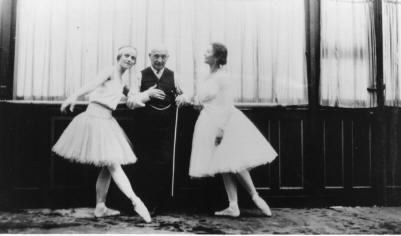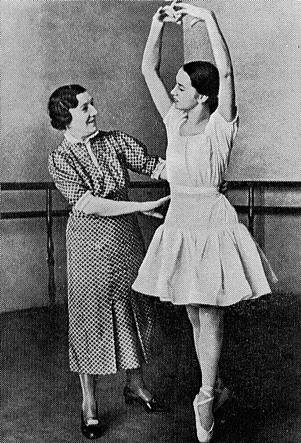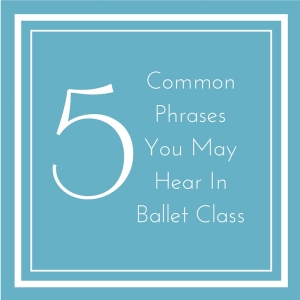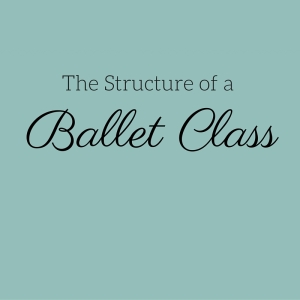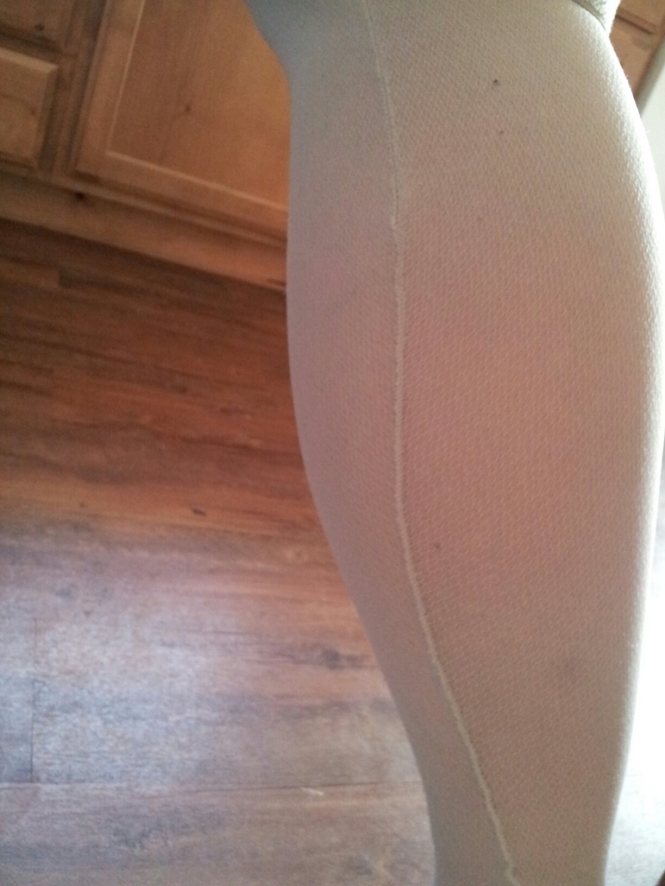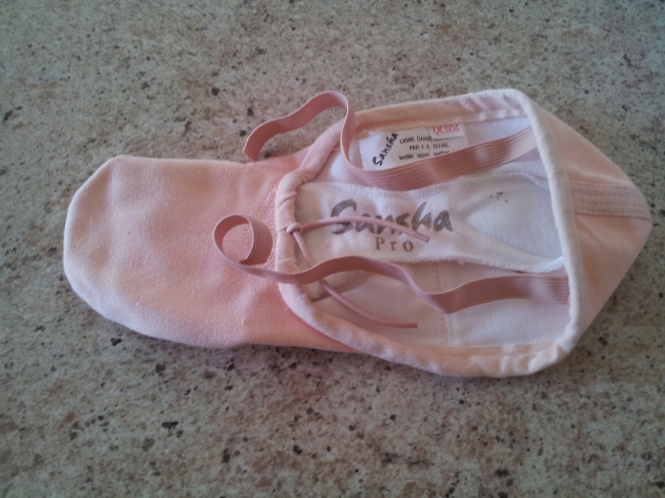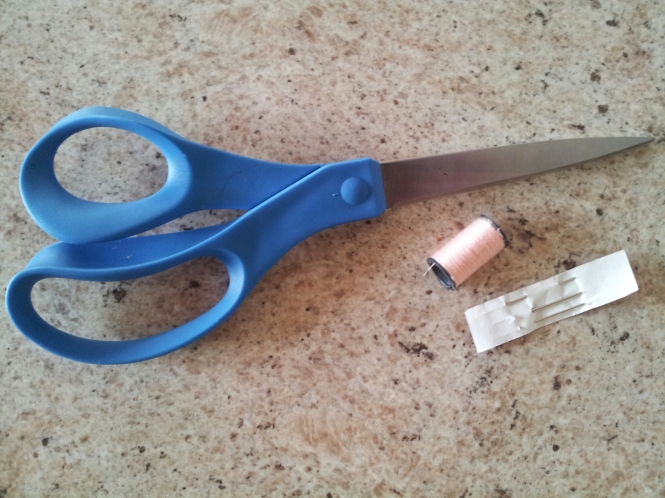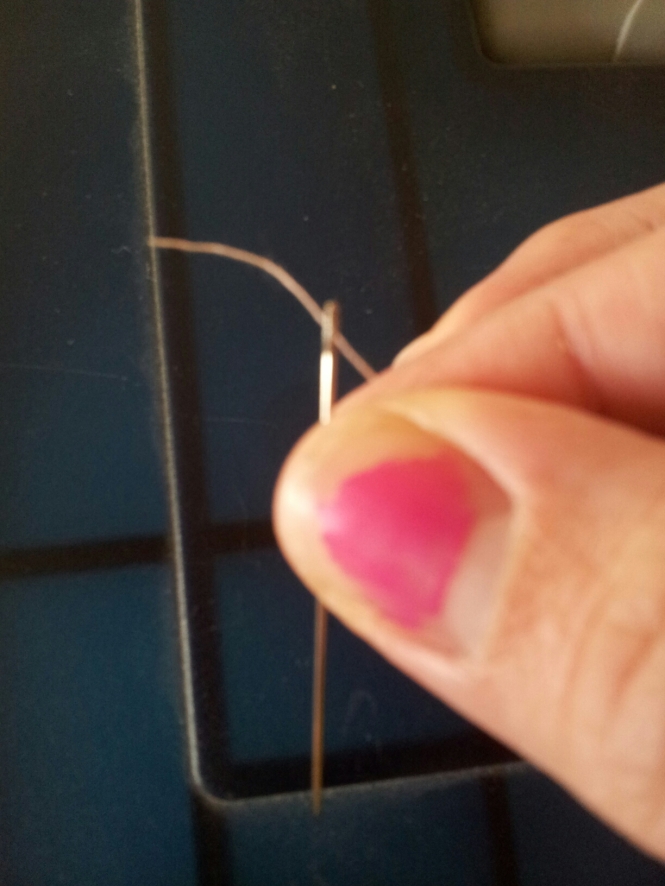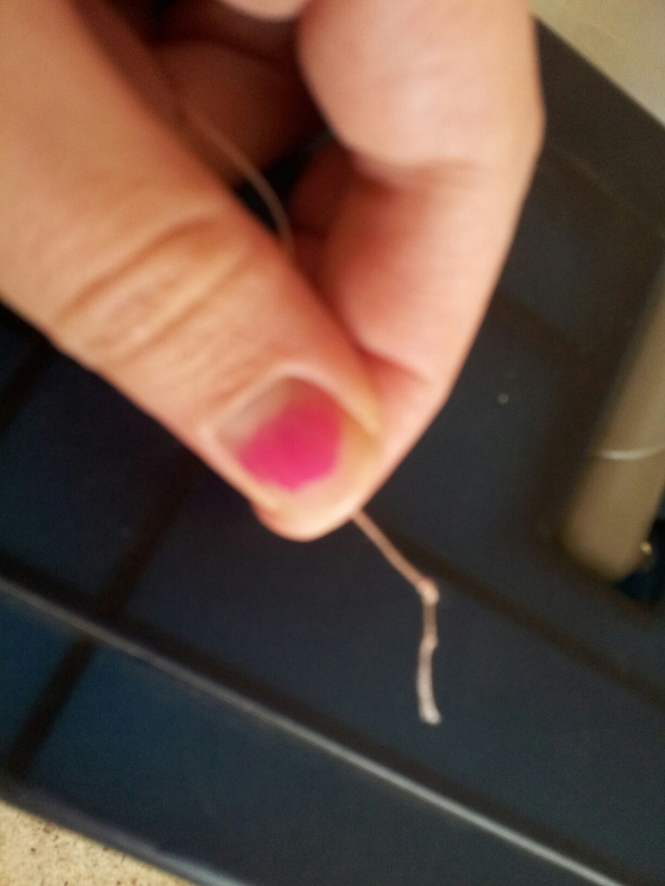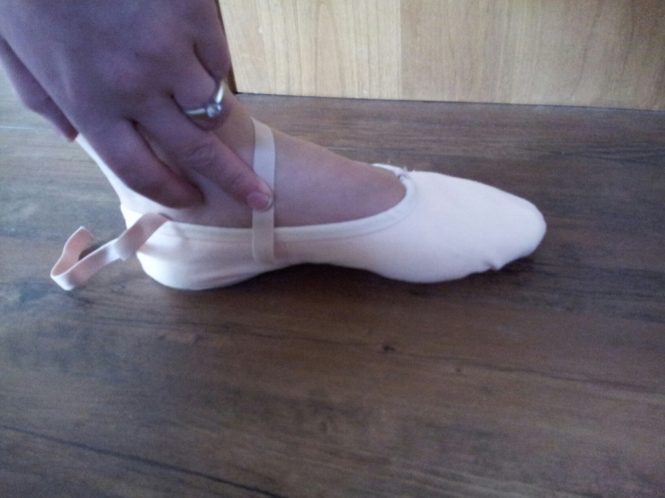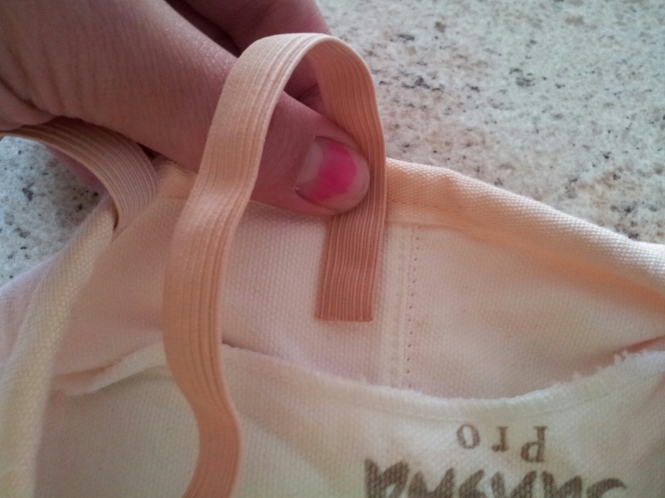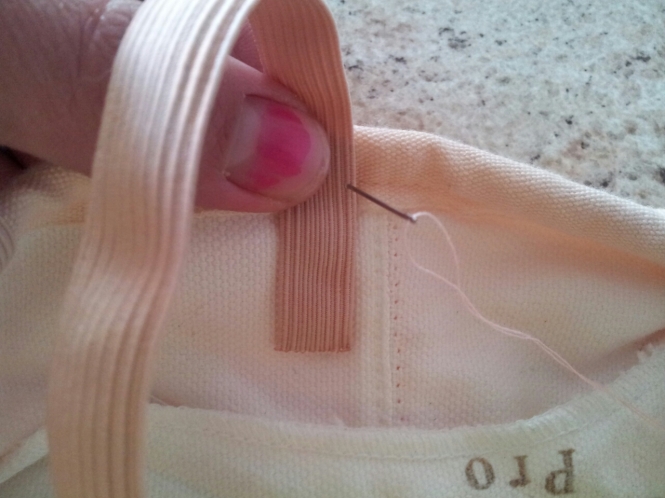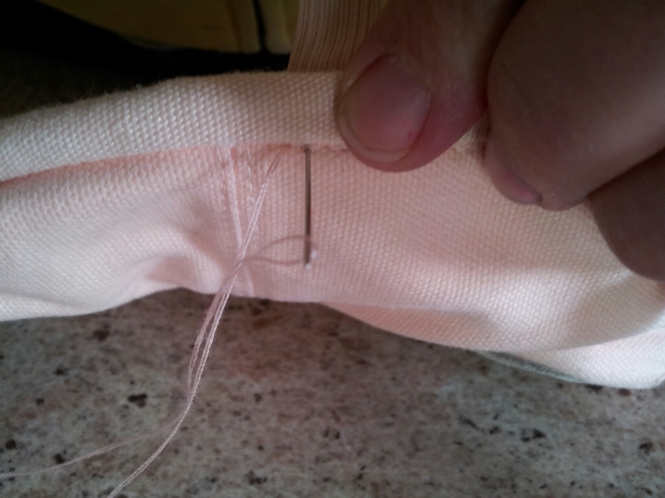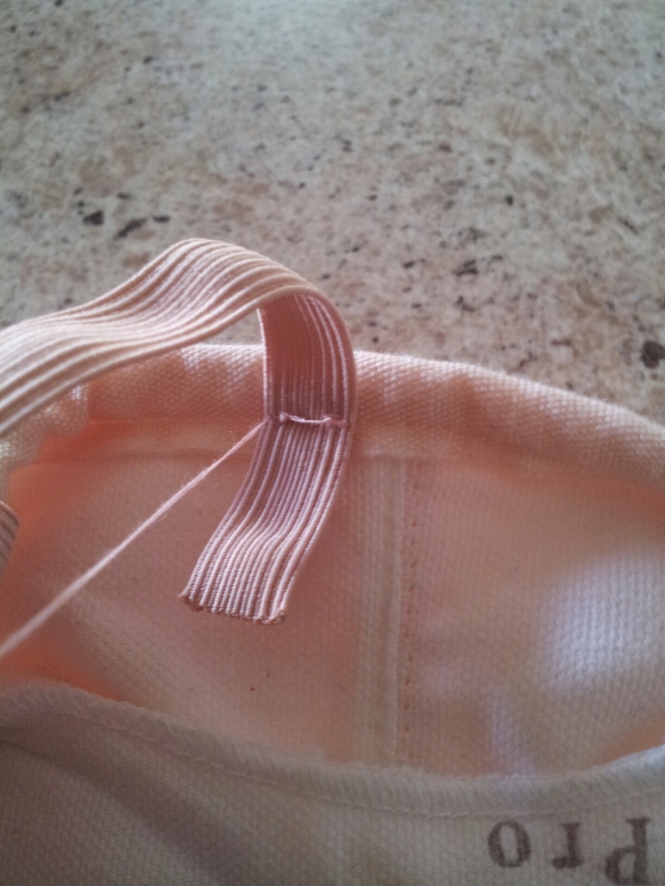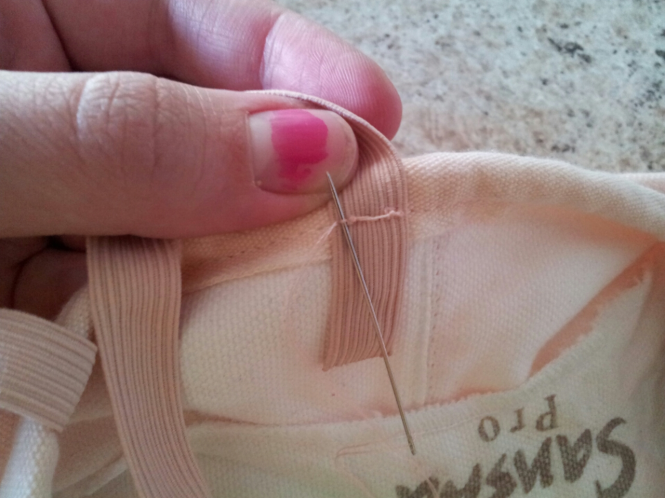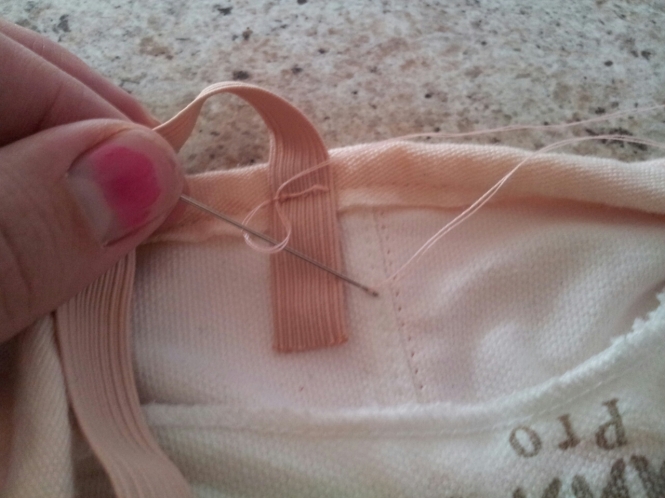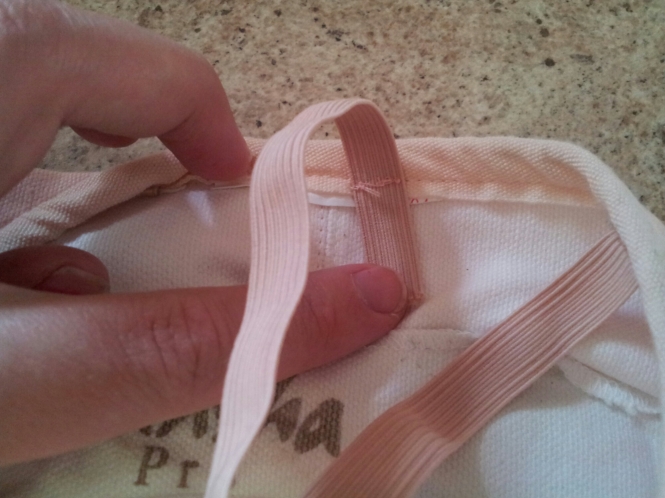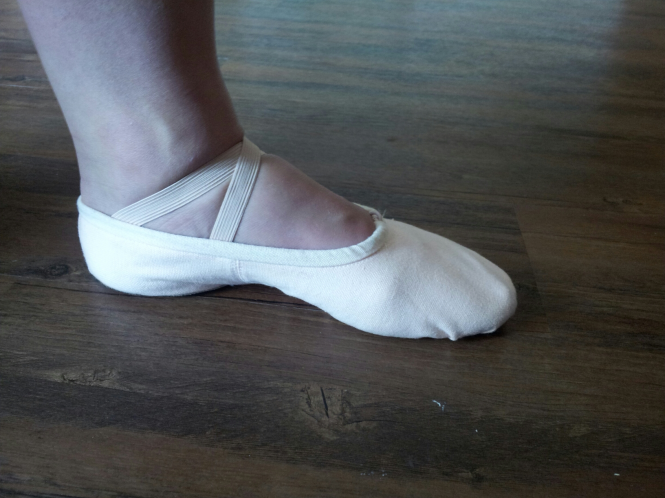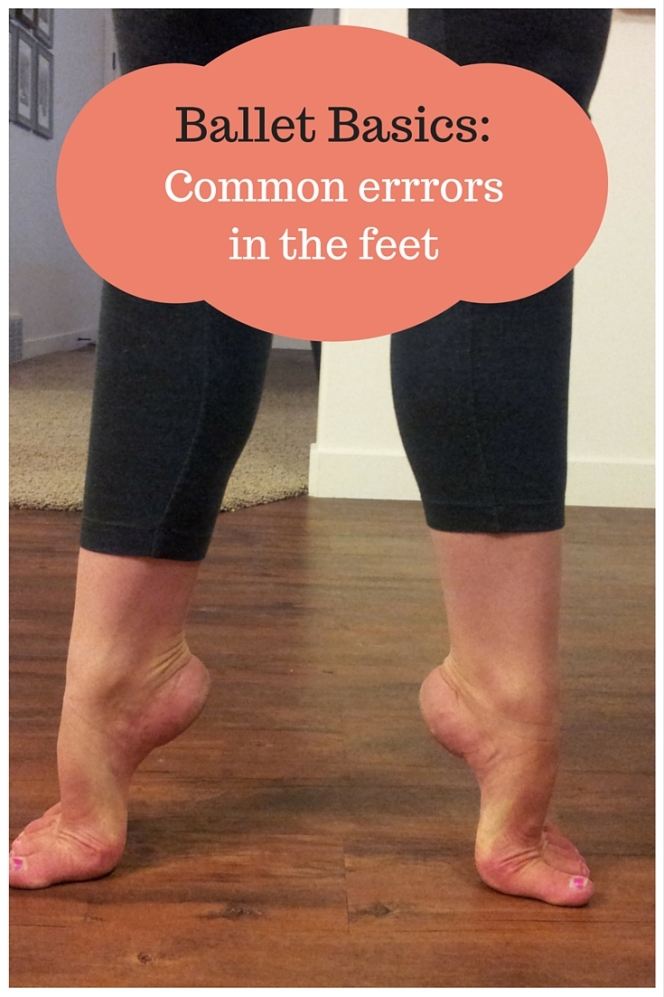
Welcome to ballet and the obsession with feet! Here are some of the most common errors I see with ballet students and their feet.
First I have to start off by introducing the concept of sickling. It is a funny word and I have no idea where the term comes from, but it is well known in the world of ballet and is the most common error of the feet. One of the biggest places I see this is in students who are beginning pointe work.
So, what is a sickle and why is it bad?
Sickling is in the most basic form, when your heel drops behind your leg. This is undesirable, because it breaks the line of the leg in which we very much want in ballet. It can also be unsafe if you are en pointe or in releve because it is very unstable and will likely roll and injure your ankle. Let’s take a look at some sickled feet.
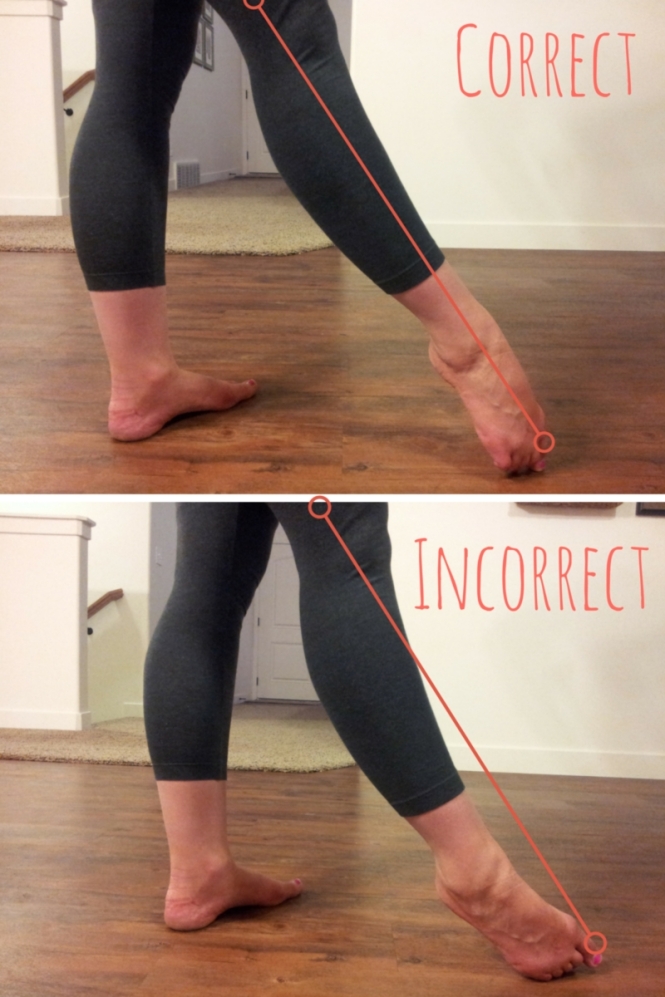 Notice how the line of the leg is broken with the sickled foot. Also, notice how the heel is low. A visual that is always important in ballet is keeping your heels forward. You will probably hear this a lot, and it is referring to this (not sickling), as well as holding your turnout.
Notice how the line of the leg is broken with the sickled foot. Also, notice how the heel is low. A visual that is always important in ballet is keeping your heels forward. You will probably hear this a lot, and it is referring to this (not sickling), as well as holding your turnout.
Now let’s look at a sickled foot while up on releve. 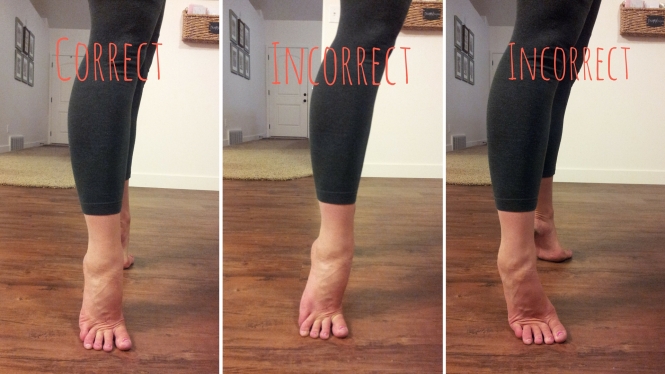 The far right photo is the sickled foot. Again, notice how there is not a continuous line following through to the toes. The middle picture is also wrong because all of the weight is pressed forward into the big toe. This most often occurs when you are trying to increase your bevel (I will talk about bevel/winged foot in a minute) but it is also a potentially unsafe position, especially when dancing en pointe. You ideally want all of your weight to be aligned right over your second toe, like in the first picture. This creates the purest line and is the most stable.
The far right photo is the sickled foot. Again, notice how there is not a continuous line following through to the toes. The middle picture is also wrong because all of the weight is pressed forward into the big toe. This most often occurs when you are trying to increase your bevel (I will talk about bevel/winged foot in a minute) but it is also a potentially unsafe position, especially when dancing en pointe. You ideally want all of your weight to be aligned right over your second toe, like in the first picture. This creates the purest line and is the most stable.
Now, another strange term that we commonly use is the bevel or winged foot. Again, I have no idea where the terms come from, but it is an aesthetic in ballet that you can most often see in the arabesque position. It is created by lifting the toes upward or in the opposite direction of a sickle. It is pretty in arabesque, but when you look at it from this angle, it is not so pretty. 😦 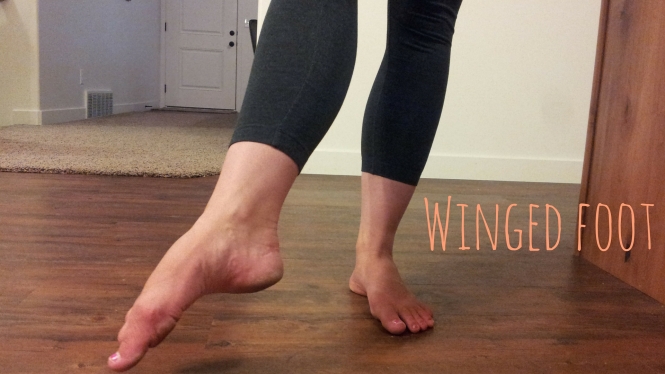 A winged foot, will usually break the line of the leg when looked at from the front. Notice above, how the ankle is not fully stretched.
A winged foot, will usually break the line of the leg when looked at from the front. Notice above, how the ankle is not fully stretched.
To achieve your best pointed foot in ballet, you need to make sure that the ankle is stretched all the way. Often times Students will stretch and point their toes, but then the ankle is flexed and breaks the line. When students try to get their feet to bevel, it can sometimes cause the ankle to slightly flex, which you do not want! Therefore, unless you have amazingly awesome feet and can achieve a beveled foot while still maintaining a fully stretched and pointed ankle, I would recommend just focusing on creating your best possible line and point.
There are fortunately, exercises that you can do to help increase your beveling ability. If you are trying to work on this, a theraband may become your best friend. Most of these exercises will work and strengthen the outer side muscles on your calf. Here is a simple exercise you can do to get started:
- Sit on floor with legs in a parallel (knees facing ceiling) extended position.
- Point your toes down to the floor, making sure to fully point the ankles.
- Slightly pulse the toes out towards the sides of your body, without releasing your ankles.
- Keep repeating until your muscles cramp up 🙂
- If you place your hands on the outer side of your calves while doing this you should be able to feel the muscles working.
This is a great exercise because it is very simple and easy to do while you are doing homework, or watching TV. This exercise can get you started on strengthening your feet until I post some more in depth conditioning exercises. Make sure to check back in!






